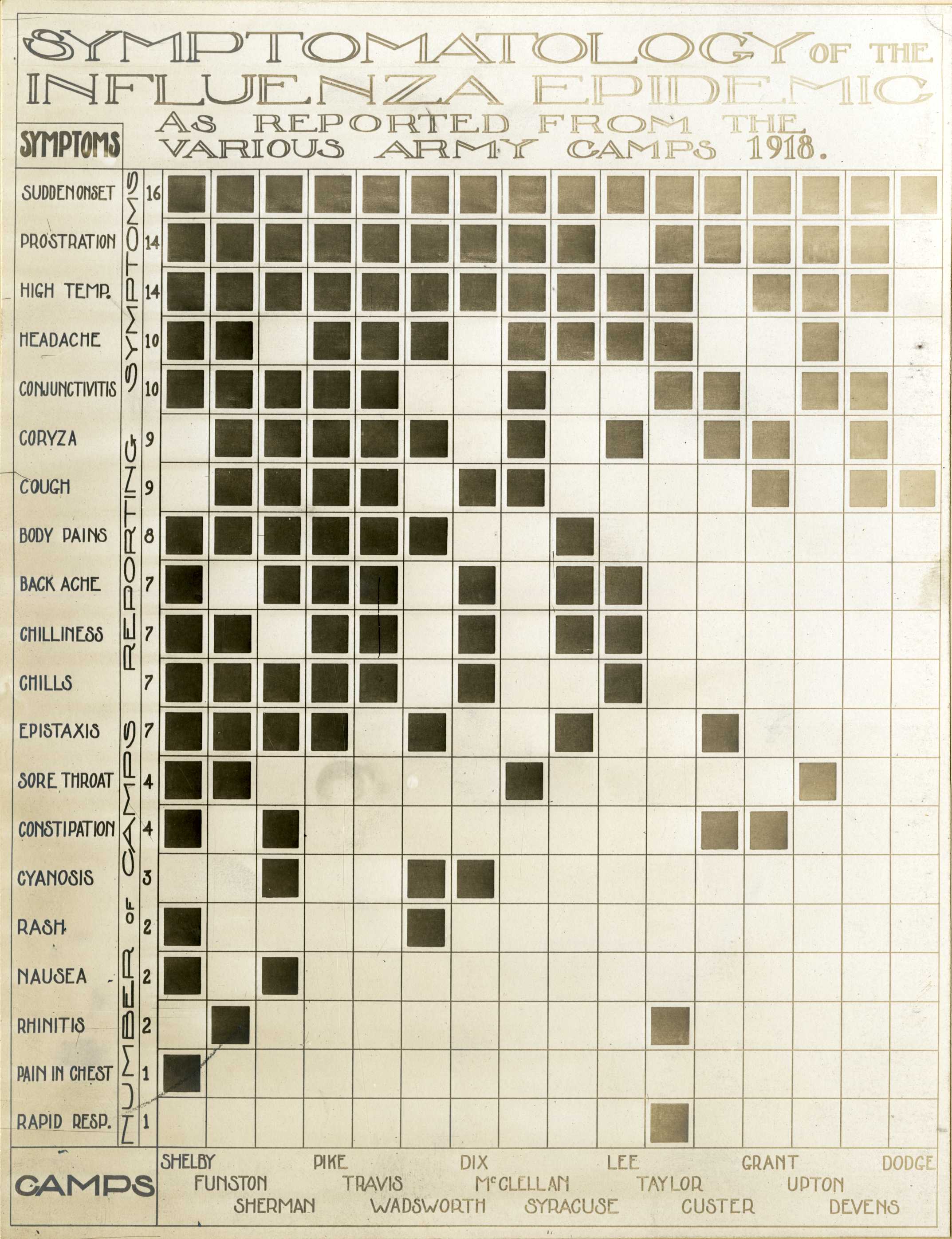
Photo from academic.microsoft.com
Semi-quantitative exposures, such as smoking and alcohol consumption, are common in clinical studies. Their association with outcomes is captured using either a single quantitative variable that includes nonexposed with a… Click to show full abstract
Semi-quantitative exposures, such as smoking and alcohol consumption, are common in clinical studies. Their association with outcomes is captured using either a single quantitative variable that includes nonexposed with a value of zero, or using two variables by adding an additional binary variable exposed versus not exposed. Herein, we propose two approaches to determine a lower bound on the amount of such an exposure (eg, number of cigarettes smoked per day) that significantly increases the risk of outcomes. Using smoking as illustration, the first approach consists of sequentially testing the effect of 1, 2, and so on, cigarettes per day, which requires an adjustment for multiplicity to protect the overall type-I error. An alternative gatekeeping approach is also described. The proposed methods are illustrated for the association of smoking with clinically confirmed neuropathy in a logistic regression model, and for the association of smoking with the risk of CVD in a Cox PH regression model.
Journal Title: Statistics in medicine
Year Published: 2020
Link to full text (if available)
Share on Social Media: Sign Up to like & get
recommendations!